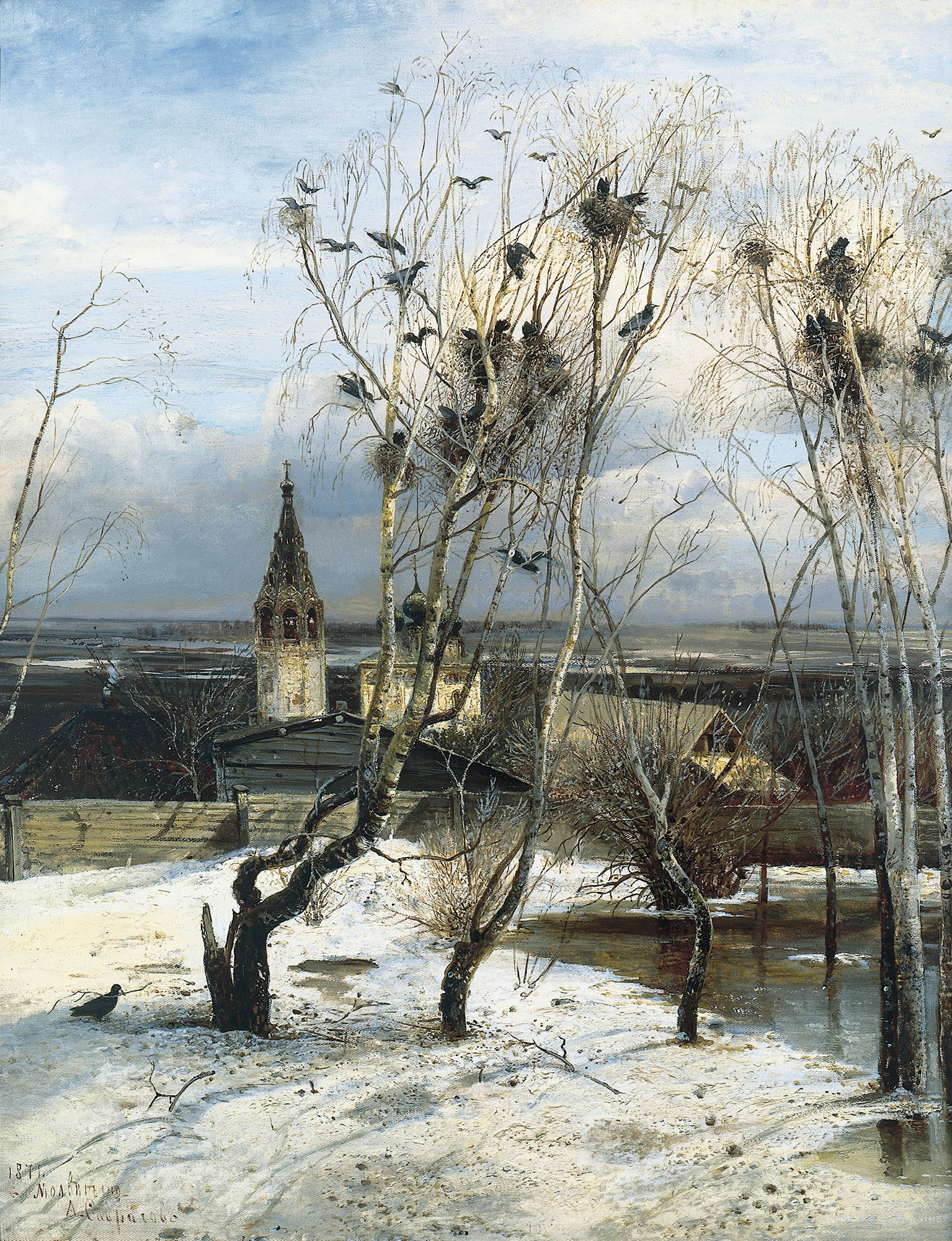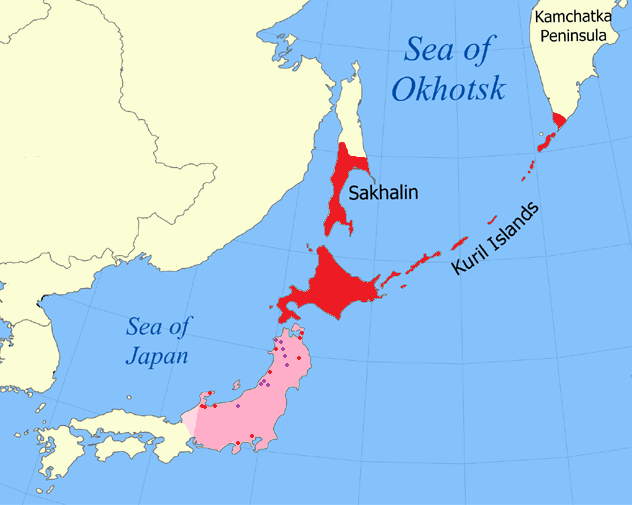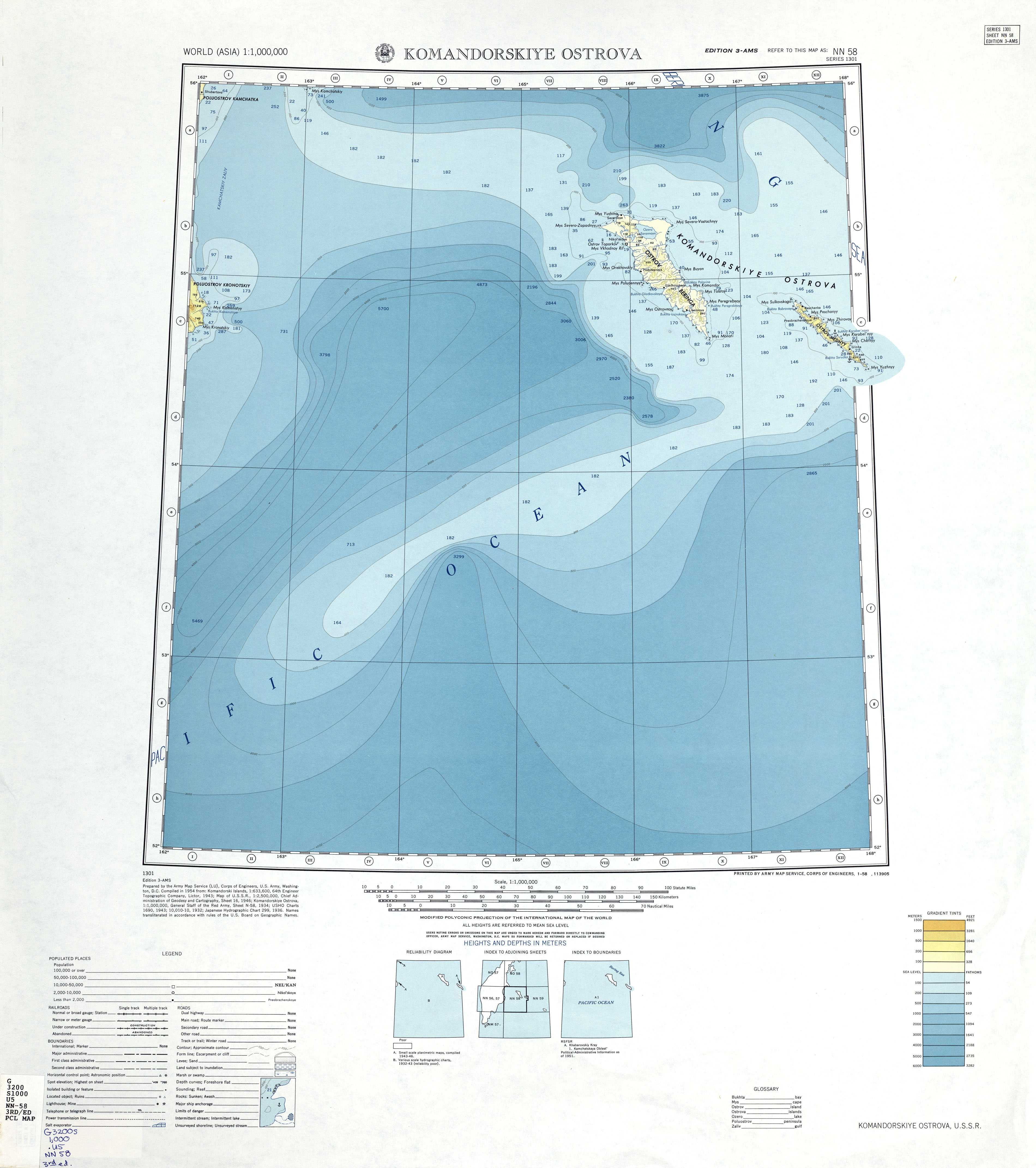|
Callorhinus Ursinus
The northern fur seal (''Callorhinus ursinus'') is an eared seal found along the north Pacific Ocean, the Bering Sea, and the Sea of Okhotsk. It is the largest member of the fur seal subfamily (Arctocephalinae) and the only living species in the genus ''Callorhinus''. A single fossil species, '' Callorhinus gilmorei'', is known from the Pliocene of Japan and western North America. Description Northern fur seals have extreme sexual dimorphism, with males being 30–40% longer and more than 4.5 times heavier than adult females. The head is foreshortened in both sexes because of the very short, down-curved muzzle, and small nose, which extends slightly beyond the mouth in females and moderately in males. The pelage is thick and luxuriant, with a dense underfur in a creamy color. The underfur is obscured by the longer guard hairs, although it is partially visible when the animals are wet. Features of both fore and hind flippers are unique and diagnostic of the species. Fur is absen ... [...More Info...] [...Related Items...] OR: [Wikipedia] [Google] [Baidu] |
Carl Linnaeus
Carl Linnaeus (; 23 May 1707 – 10 January 1778), also known after his ennoblement in 1761 as Carl von Linné Blunt (2004), p. 171. (), was a Swedish botanist, zoologist, taxonomist, and physician who formalised binomial nomenclature, the modern system of naming organisms. He is known as the "father of modern taxonomy". Many of his writings were in Latin; his name is rendered in Latin as and, after his 1761 ennoblement, as . Linnaeus was born in Råshult, the countryside of Småland, in southern Sweden. He received most of his higher education at Uppsala University and began giving lectures in botany there in 1730. He lived abroad between 1735 and 1738, where he studied and also published the first edition of his ' in the Netherlands. He then returned to Sweden where he became professor of medicine and botany at Uppsala. In the 1740s, he was sent on several journeys through Sweden to find and classify plants and animals. In the 1750s and 1760s, he continued to collect an ... [...More Info...] [...Related Items...] OR: [Wikipedia] [Google] [Baidu] |
Pups 01
Pup is a name for a young animal, such as a puppy. Pup or Pups may also refer to: Places * Pup Cove, South Orkney Islands, Antarctica * Pup Creek, Kentucky * Pup Rock, Graham Land, Antarctica People * Michael Clarke (cricketer), Australian cricketer nicknamed "Pup" * Pup Phillips (1895-1953), American football player and coach Aircraft * Beagle Pup, a 1960s British light aircraft * Dart Pup, a one-off British monoplane first flown in 1936 * Keystone NK or Pup, a US Navy two-seat biplane trainer introduced in 1930 * Preceptor N3 Pup, a family of ultralight homebuilt aircraft * Pup, a variant of the Aviat Husky light utility aircraft * Sopwith Pup, an aircraft used by the British in World War I Art, entertainment, and media * PUP (band), Canadian punk band based out of Toronto * ''Pups'' (film), a 1999 film starring Burt Reynolds Science * Prokaryotic ubiquitin-like protein * Puppis, abbreviated "Pup", a constellation * Sirius B, a white dwarf star affectionately known as "th ... [...More Info...] [...Related Items...] OR: [Wikipedia] [Google] [Baidu] |
Rookeries
A rookery is a colony of breeding animals, generally gregarious birds. Coming from the nesting habits of rooks, the term is used for corvids and the breeding grounds of colony-forming seabirds, marine mammals (true seals and sea lions), and even some turtles. Rooks (northern-European and central-Asian members of the crow family) have multiple nests in prominent colonies at the tops of trees. Paleontological evidence points to the existence of rookery-like colonies in the pterosaur ''Pterodaustro''. The term ''rookery'' was also borrowed as a name for dense slum housing in nineteenth-century cities, especially in London. See also *Auca Mahuevo, for a titanosaurid sauropod dinosaur rookery *Bird colony *Heronry *Rook shooting Rook shooting was a previously popular sport in the United Kingdom, in which young rooks were shot from tree branches, often using purpose-built rifles known as rook rifles. Rook shooting could serve as a form of pest control, a blood sport ... R ... [...More Info...] [...Related Items...] OR: [Wikipedia] [Google] [Baidu] |
Kuril Islands
The Kuril Islands or Kurile Islands (; rus, Кури́льские острова́, r=Kuril'skiye ostrova, p=kʊˈrʲilʲskʲɪjə ɐstrɐˈva; Japanese: or ) are a volcanic archipelago currently administered as part of Sakhalin Oblast in the Russian Far East. It stretches approximately northeast from Hokkaido in Japan to Kamchatka Peninsula in Russia separating the Sea of Okhotsk from the north Pacific Ocean. There are 56 islands and many minor rocks. The Kuril Islands consist of the Greater Kuril Chain and the Lesser Kuril Chain. They cover an area of around , with a population of roughly 20,000. The islands have been under Russian administration since their 1945 invasion as the Soviet Union towards the end of World War II. Japan claims the four southernmost islands, including two of the three largest ( Iturup and Kunashir), as part of its territory, as well as Shikotan and the Habomai islets, which has led to the ongoing Kuril Islands dispute. The disputed islands are k ... [...More Info...] [...Related Items...] OR: [Wikipedia] [Google] [Baidu] |
Sakhalin
Sakhalin ( rus, Сахали́н, r=Sakhalín, p=səxɐˈlʲin; ja, 樺太 ''Karafuto''; zh, c=, p=Kùyèdǎo, s=库页岛, t=庫頁島; Manchu: ᠰᠠᡥᠠᠯᡳᠶᠠᠨ, ''Sahaliyan''; Orok: Бугата на̄, ''Bugata nā''; Nivkh: Yh-mif) is the largest island of Russia. It is north of the Japanese archipelago, and is administered as part of the Sakhalin Oblast. Sakhalin is situated in the Pacific Ocean, sandwiched between the Sea of Okhotsk to the east and the Sea of Japan to the west. It is located just off Khabarovsk Krai, and is north of Hokkaido in Japan. The island has a population of roughly 500,000, the majority of which are Russians. The indigenous peoples of the island are the Ainu, Oroks, and Nivkhs, who are now present in very small numbers. The Island's name is derived from the Manchu word ''Sahaliyan'' (ᠰᠠᡥᠠᠯᡳᠶᠠᠨ). Sakhalin was once part of China during the Qing dynasty, although Chinese control was relaxed at times. Sakhalin was l ... [...More Info...] [...Related Items...] OR: [Wikipedia] [Google] [Baidu] |
Tyuleniy Island (Sea Of Okhotsk)
Tyuleny Island (''Ostrov Tyuleniy'') is a small island in the Sea of Okhotsk, east of Russia's Sakhalin Island, in Northeast Asia. It is also called Kaihyo Island () . Geography The island is administrated by Sakhalin Oblast, in the Russian Far East District of the Russian Federation. It was within the Karafuto Prefecture of Imperial Japan from 1905 to 1945. Tyuleny Island is located off the eastern side of the Gulf of Patience, to the south of Cape Patience (''Mys Terpeniya''), off the coast of the southern end of the Terpeniya Peninsula of eastern Sakhalin Island. It is long and wide. History Fur seals were hunted on the island between 1854 and 1897. Over 100,000 were caught, with over half being taken illegally by foreign vessels. This led to the seizure of several schooners by Russian men-of-war in 1884 and 1891, including the arrest of a party of seventeen men left by a British vessel in 1895.Jordan, David Starr (1898). ''The fur seals and fur-seal islands of the Nort ... [...More Info...] [...Related Items...] OR: [Wikipedia] [Google] [Baidu] |
Commander Islands
The Commander Islands, Komandorski Islands, or Komandorskie Islands (russian: Командо́рские острова́, ''Komandorskiye ostrova'') are a series of treeless, sparsely populated Russian islands in the Bering Sea located about east of the Kamchatka Peninsula in the Russian Far East. The islands consist of Bering Island ( by ), Medny Island ( by ) and fifteen smaller ones (islets and rocks), the largest of which are ''Tufted Puffin Rock (Kamen Toporkov'' or ''Ostrov Toporkov)'', , and Kamen Ariy, which are between and west of the only settlement, Nikolskoye. Administratively, they compose Aleutsky District of Kamchatka Krai in Russia. Geography The Commander Islands are the westernmost of the Aleutian Islands, most of which are part of the US state of Alaska, and are separated from the closest US island, Attu Island, and the rest of the chain by . Between the two runs the International Date Line. The relief is somewhat diverse, encompassing folded-block mo ... [...More Info...] [...Related Items...] OR: [Wikipedia] [Google] [Baidu] |
Pribilof Islands
The Pribilof Islands (formerly the Northern Fur Seal Islands; ale, Amiq, russian: Острова Прибылова, Ostrova Pribylova) are a group of four volcanic islands off the coast of mainland Alaska, in the Bering Sea, about north of Unalaska and 200 miles (320 km) southwest of Cape Newenham. The Siberian coast is roughly northwest. About in total area, they are mostly rocky and are covered with tundra, with a population of 572 as of the 2010 census. Principal islands The principal islands are Saint Paul and Saint George. The former was named for the Feast of Saints Peter and Paul, on the day of which the island was first encountered by the Russian explorer Gavriil Pribylov; the latter was probably named for the ship sailed by Pribylov. The Otter and Walrus islets are near St. Paul. The total land area of all the islands is . The islands are part of the Bering Sea unit of the Alaska Maritime National Wildlife Refuge. Fur trade While oral traditions of the Al ... [...More Info...] [...Related Items...] OR: [Wikipedia] [Google] [Baidu] |





